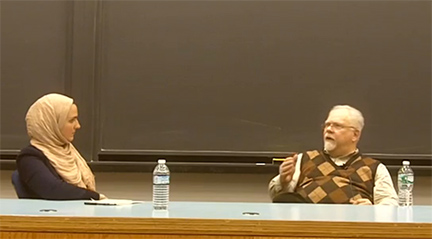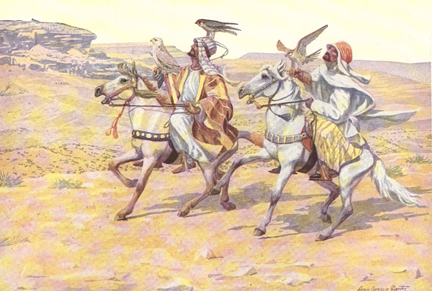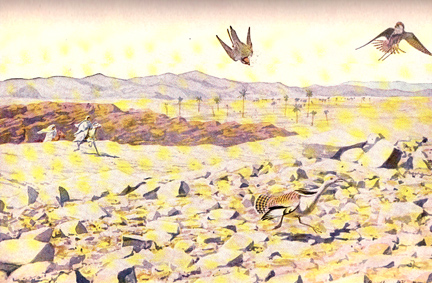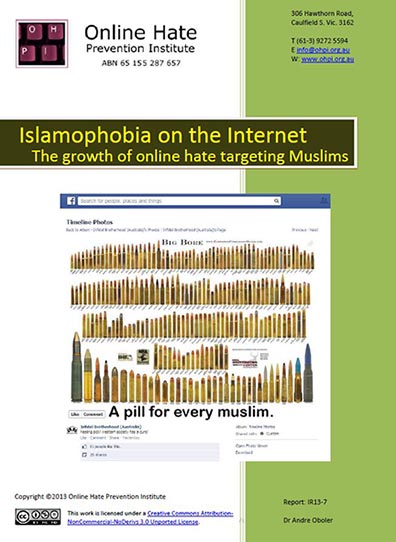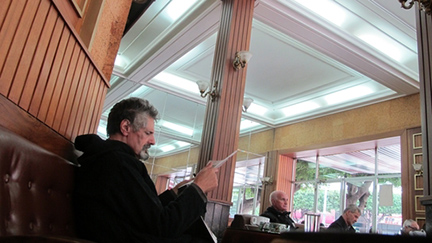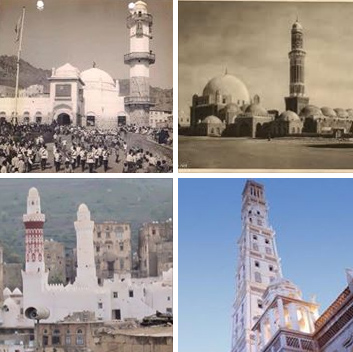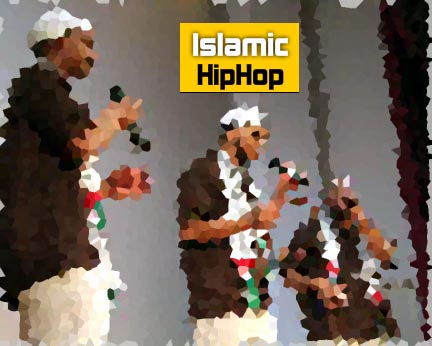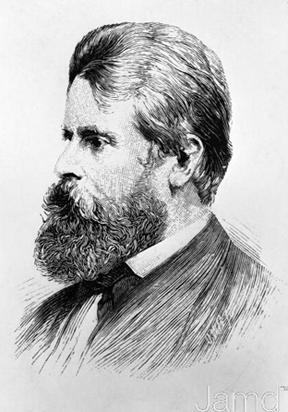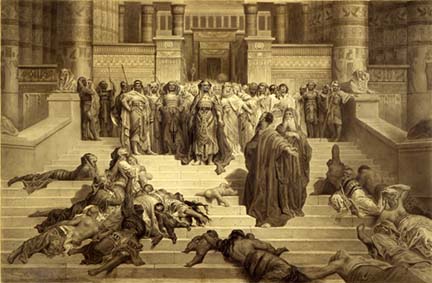
Gustave Doré (French, 1832-1883), Moses before the Pharaoh, 1878
Sacred Visions
Nineteenth-Century Biblical Art from the Dahesh Museum Collection
October 18, 2013–February 16, 2014
Comprised of approximately 30 works of art, Sacred Visions: Nineteenth-Century Biblical Art from the Dahesh Museum Collection highlights how biblical subject matter was embraced within the academies of 19th-century Europe. Historically ranked at the top of the Academy’s hierarchy of genres, biblical depictions of both Old and New Testament subjects enjoyed a resurgence in the 19th century. This renewed interest may be attributed to several factors, including the developing field of biblical archaeology and the advent of photography, which produced travel books of the Holy Land. During this century of political and religious upheaval, artists – and the larger societies of which they were a part – looked to the Bible to provide inspiration, often in the form of allegory, for contemporary circumstances.
Click here to read an introductory essay to the exhibition by Sarah Schaefer, co-curator of the exhibition.
Museum of Biblical Art
1865 Broadway at 61st Street
New York, NY 10023
Phone: (212) 408-1500
